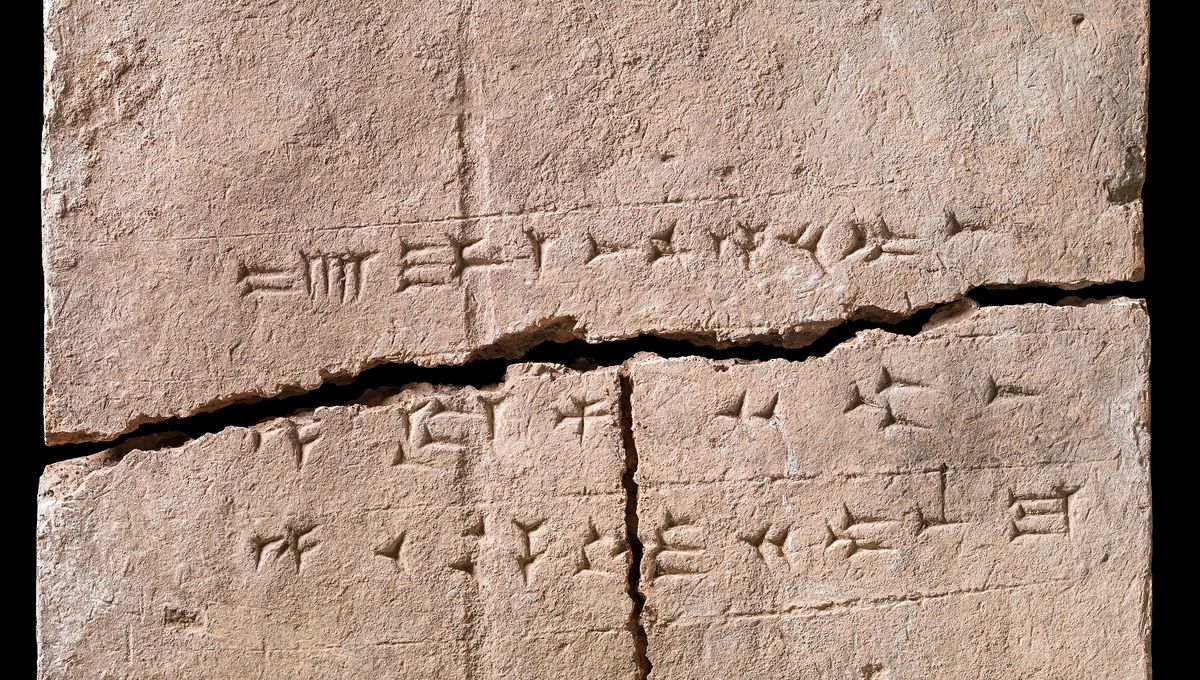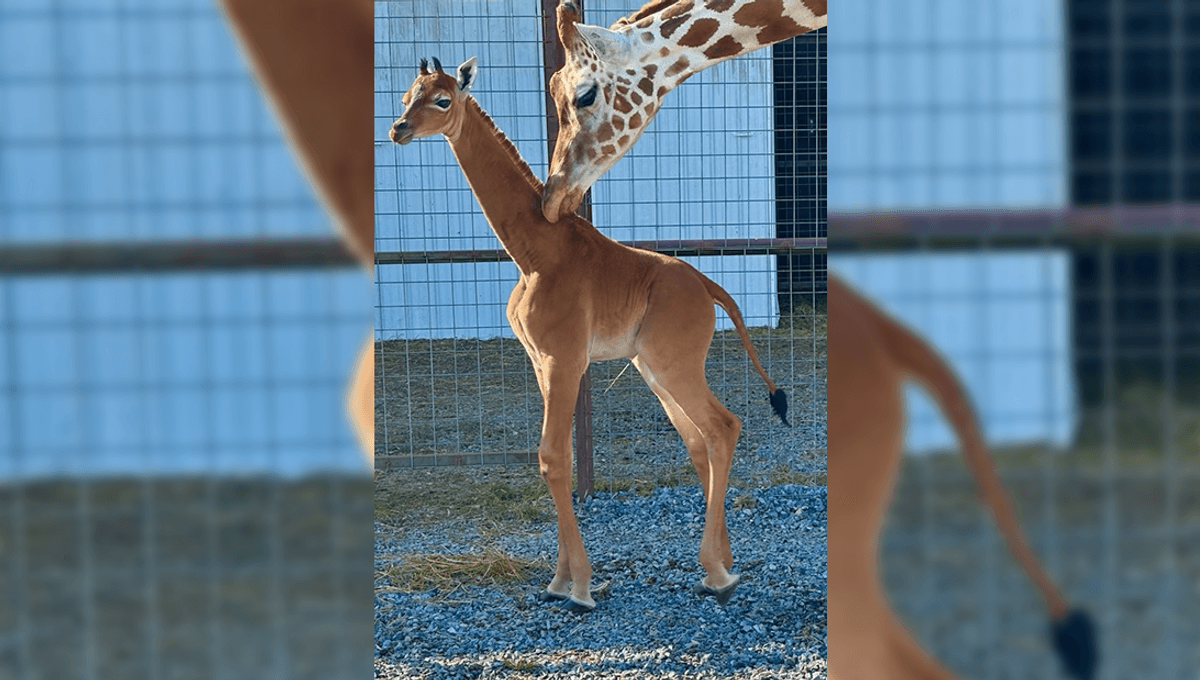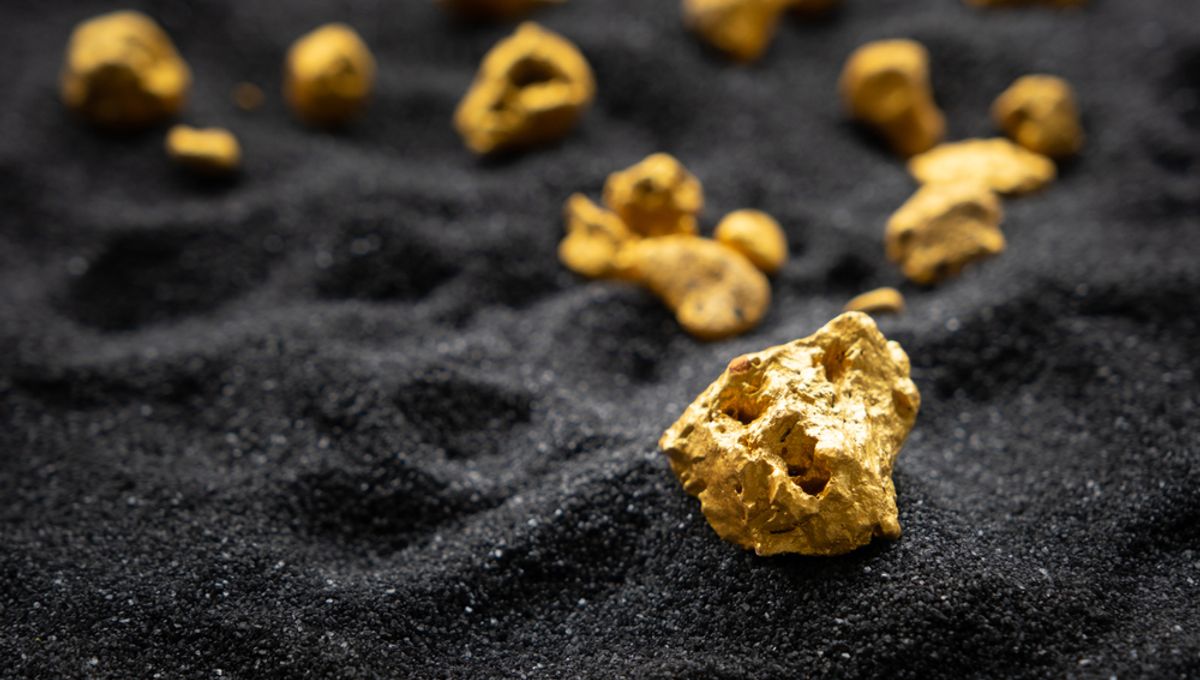Imagine holding a clay brick that dates back 2,900 years, a relic from the ancient city of Kalhu, also known as Nimrud. This brick, now housed at the National Museum of Denmark, bears an inscription in Akkadian using cuneiform script, declaring it as the property of the palace of Ashurnasirpal, king of Assyria.
But this brick holds more than just historical significance. During a digitization project in 2020, researchers discovered the possibility of extracting DNA from its inner core. Protected from contamination for millennia, this genetic material could provide valuable insights into the past.
The craftsmen of that time created these bricks by sun-drying a mixture of mud, straw, and sometimes animal dung. The absence of extreme heat meant that any genetic material trapped within the clay had a good chance of surviving over the ages.

Using a protocol typically used for extracting DNA from bones, the team successfully collected and sequenced DNA from the brick, dating back to its creation between 879 and 869 BCE.
“We were absolutely thrilled to discover that ancient DNA, effectively protected from contamination inside a mass of clay, can successfully be extracted from a 2,900-year-old clay brick,” said Dr Sophie Lund Rasmussen, a joint first author of the study.
By comparing the extracted DNA sequences with modern botanical records and ancient Assyrian plant descriptions, the researchers identified 34 different taxonomic groups of plants, including cabbages, heathers, laurels, and grasses.
This brick serves as a biodiversity time-capsule, providing unique access to the ancient Assyrians and shedding light on the plant species that existed thousands of years ago. Furthermore, this breakthrough opens up possibilities for uncovering secrets hidden in other artifacts, as clay objects are abundant in archaeological sites worldwide.
It’s not just plant DNA that could be extracted. Animal or insect DNA could also be found in other relics, offering even more insights into ancient biodiversity. This knowledge is crucial for understanding present-day species loss and gaining new insights into lost civilizations.
This interdisciplinary research project exemplifies the importance of collaboration in science. The diverse expertise involved in this study provided a holistic approach to investigating the clay brick and the valuable information it yielded.
Published in Scientific Reports, this study marks a significant step forward in our understanding of the past and the potential for future discoveries.








